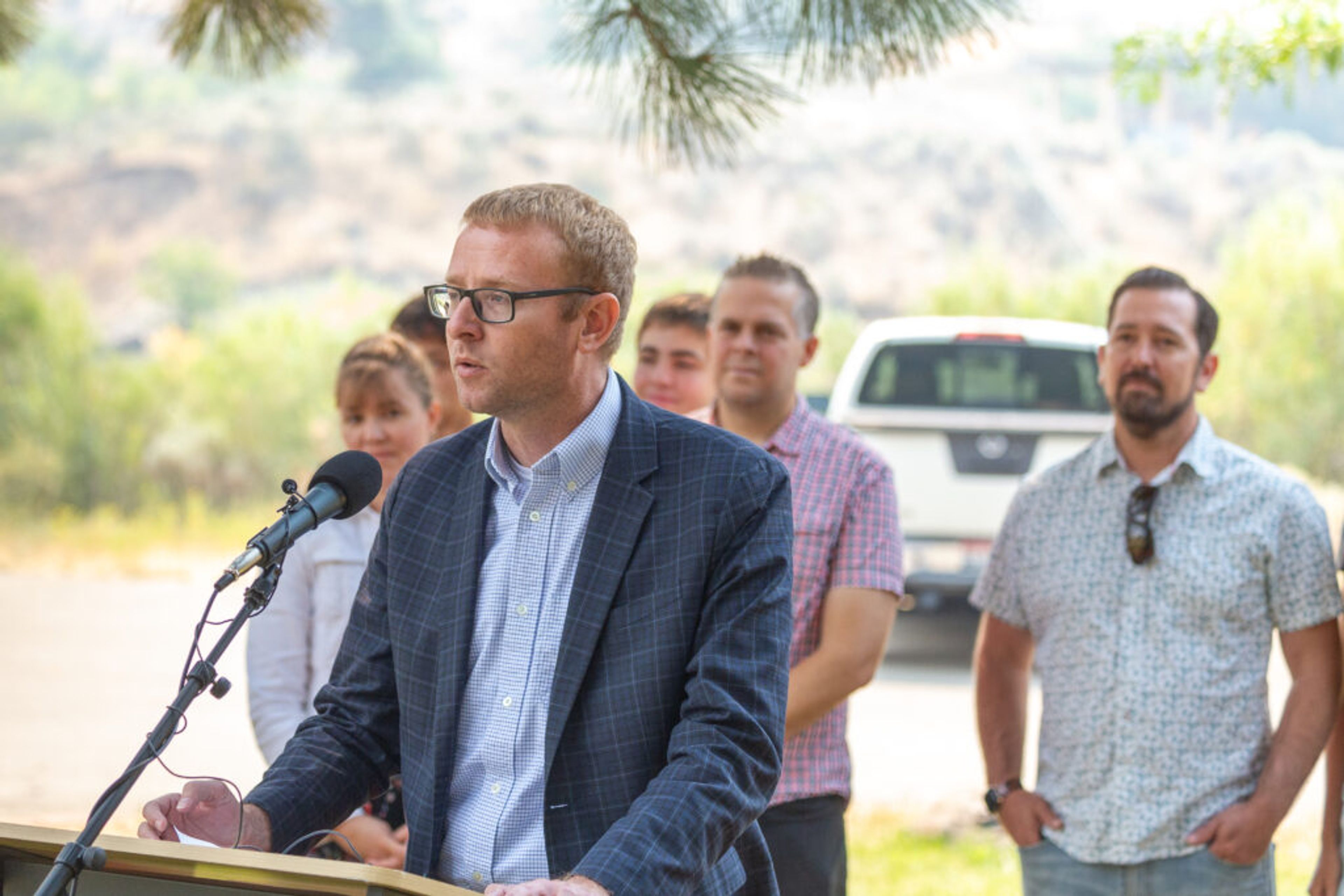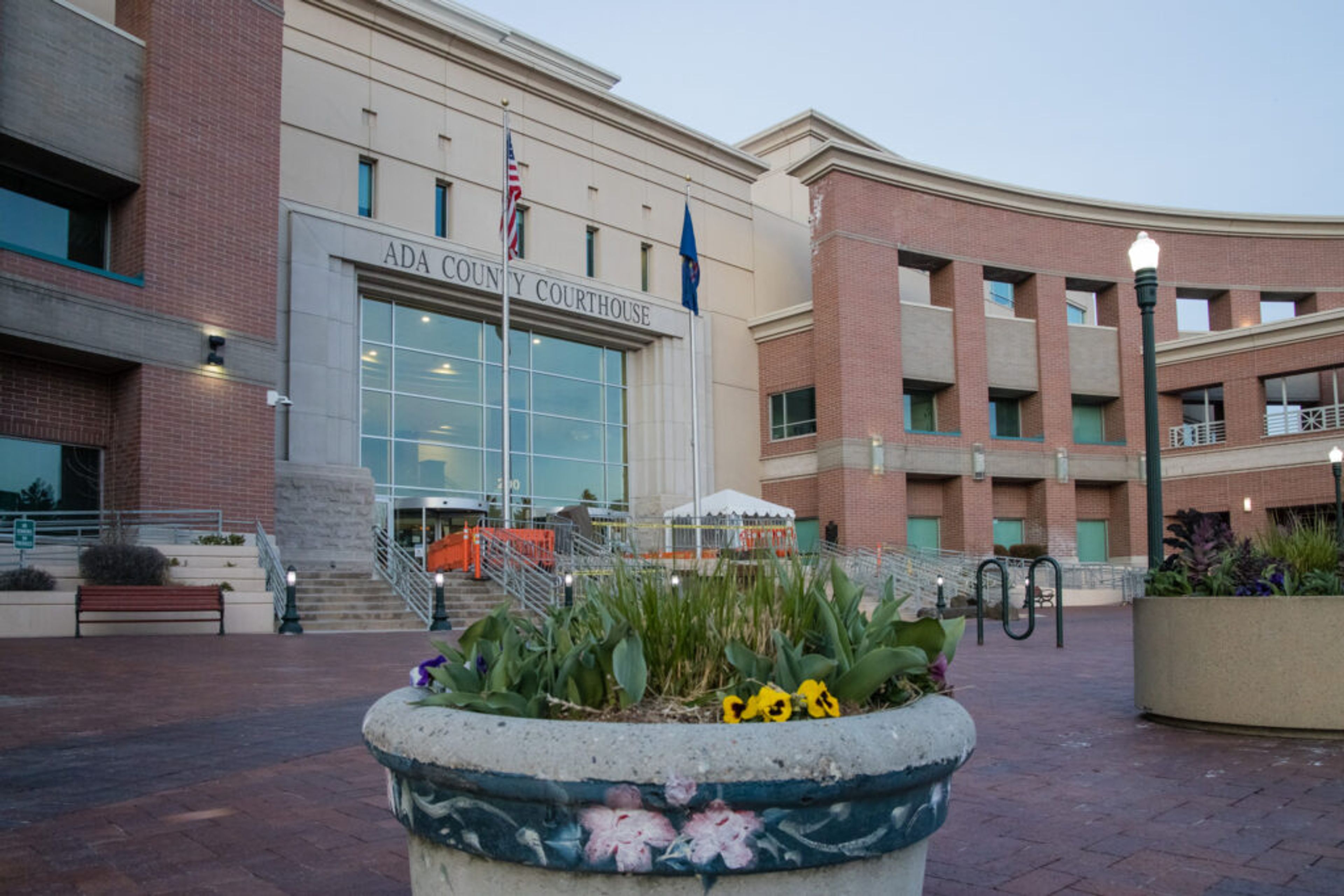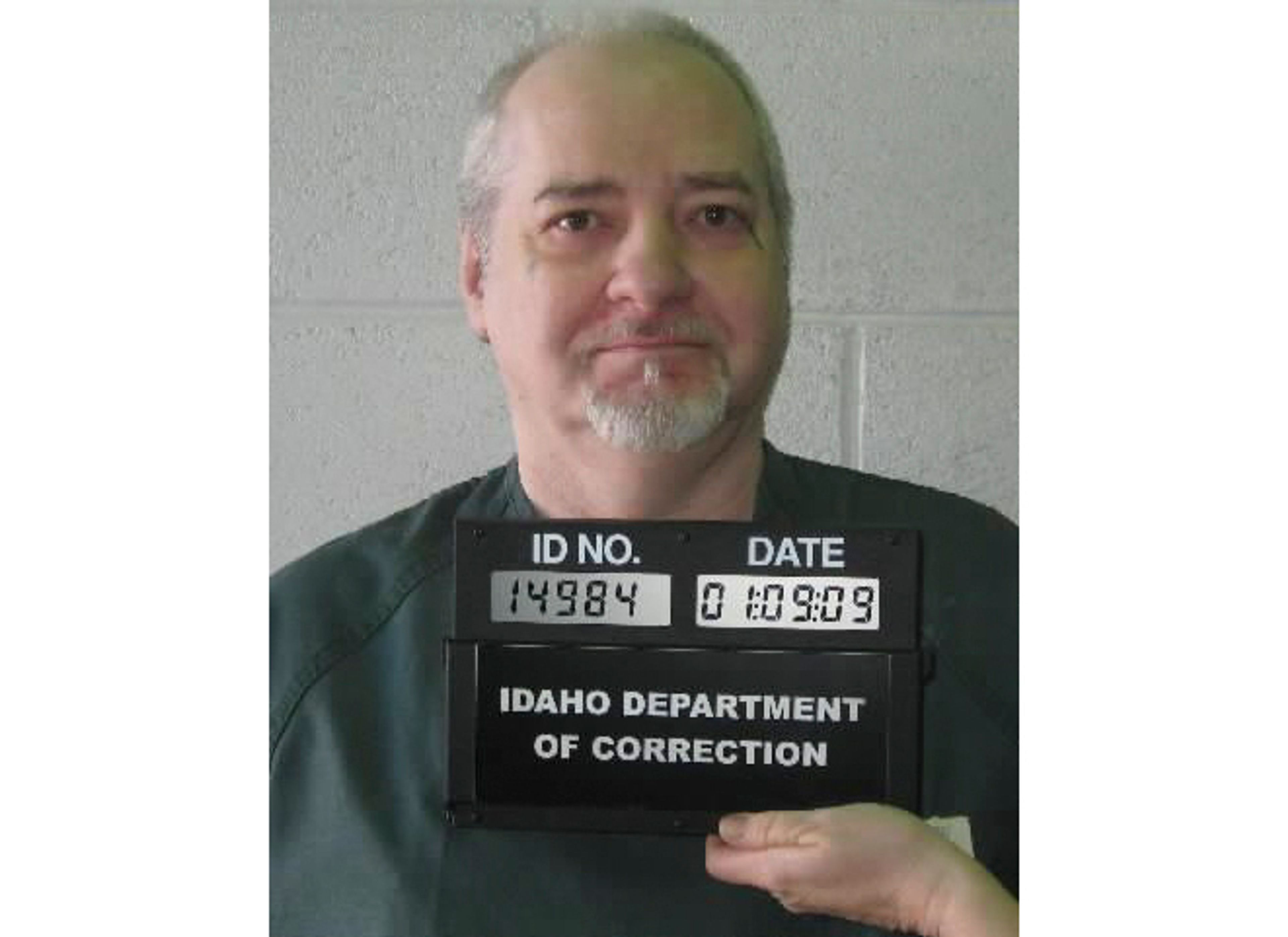Change could come to Yellowstone bison program
Public hearings set on proposals that would either increase or decrease slaughter
BILLINGS, Mont. - A range of proposals that could either curb or accelerate the slaughter of wild bison migrating from Yellowstone National Park will get an initial public airing next week.
The hearings come 15 years after the slaughter program began through an agreement between Montana and federal agencies.
In March, government officials proposed changes ranging from letting the park's bison herds expand to 7,500 animals, to even more aggressive efforts to drive down the numbers.
Yellowstone has one of the largest bison populations in the world. The animals draw huge numbers of tourists to the region and are highly valued for their genetic purity.
However, many bison carry the animal disease brucellosis that is feared by cattle ranchers outside the park.
More than 500 bison attempting to migrate to winter grazing grounds in Montana were captured and shipped to slaughter last winter to protect livestock against the disease that causes pregnant animals to abort their young.
Since 2000, almost 6,000 Yellowstone bison have been killed, primarily by slaughter.
The federal-state agreement behind that program is considered outdated for several reasons. There is now a greater emphasis on hunting bison instead of sending them to slaughter; an improved understanding of how brucellosis gets transmitted to livestock; and eased government sanctions against ranchers when the disease is found.
Bison, also called buffalo, were driven to near-extinction in the late 1800s. There were about 4,900 bison counted in the park last summer, the most recent tally available.
Work to overhaul the 2000 agreement began more than a year ago and officials have targeted completion for late 2017.
Other changes could come much sooner.
Montana Gov. Steve Bullock has proposed that bison be allowed to roam year-round west of Yellowstone National Park if the population drops below 3,500 animals. A final decision from the Democrat is pending.
Livestock interests oppose drastic changes as long as the park's herds are infected with brucellosis. Park officials previously rejected using a remotely delivered brucellosis vaccine for bison.
Wildlife advocates and hunting groups have pushed for more room for bison in areas of Montana outside the park. They also urged state and federal officials not to establish "arbitrary" population targets given the large fluctuations in how many bison leave the park each year.
For those who want to influence the program, officials said now is the best time to weigh in.
Public meetings on the alternatives are set for Tuesday in Bozeman, Wednesday in Gardiner, and Thursday in West Yellowstone. Each meeting will last two hours, from 6 to 8 p.m.
--
Online:
Bison management proposal: http://bit.ly/1G80NH1









